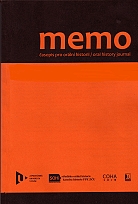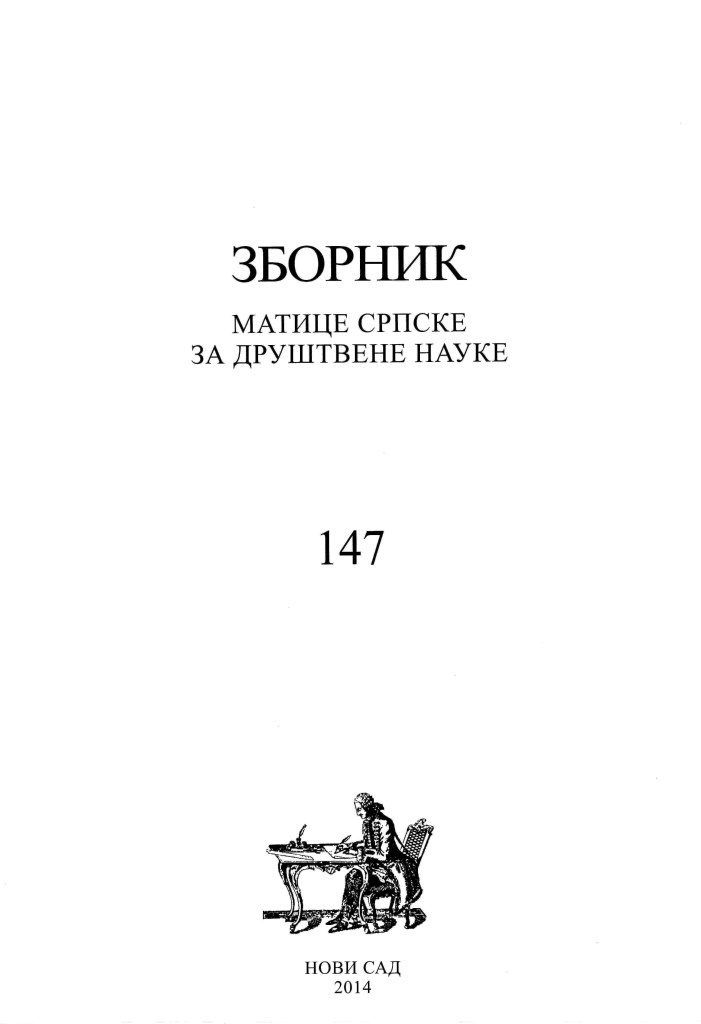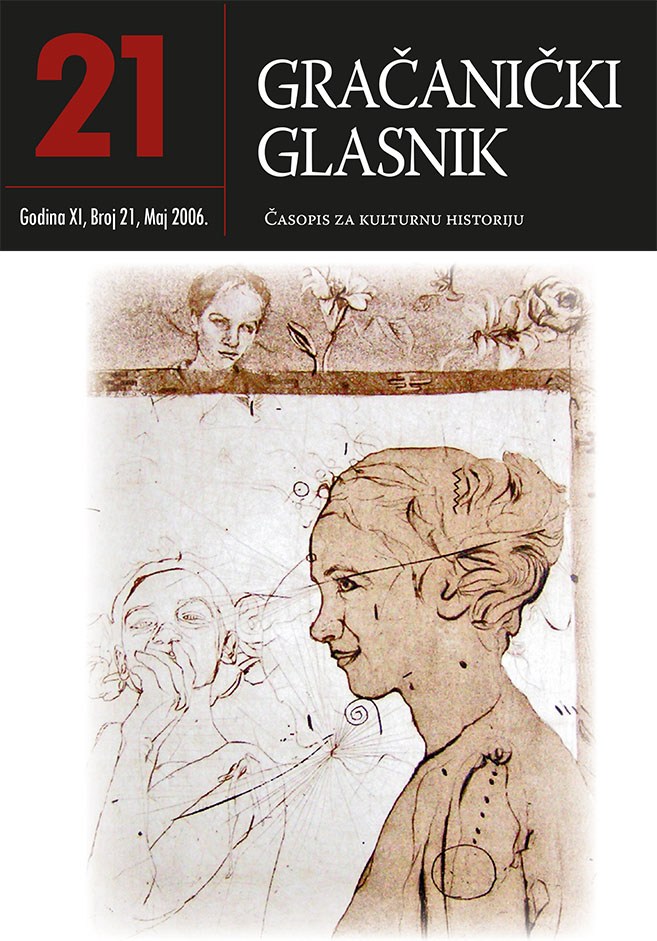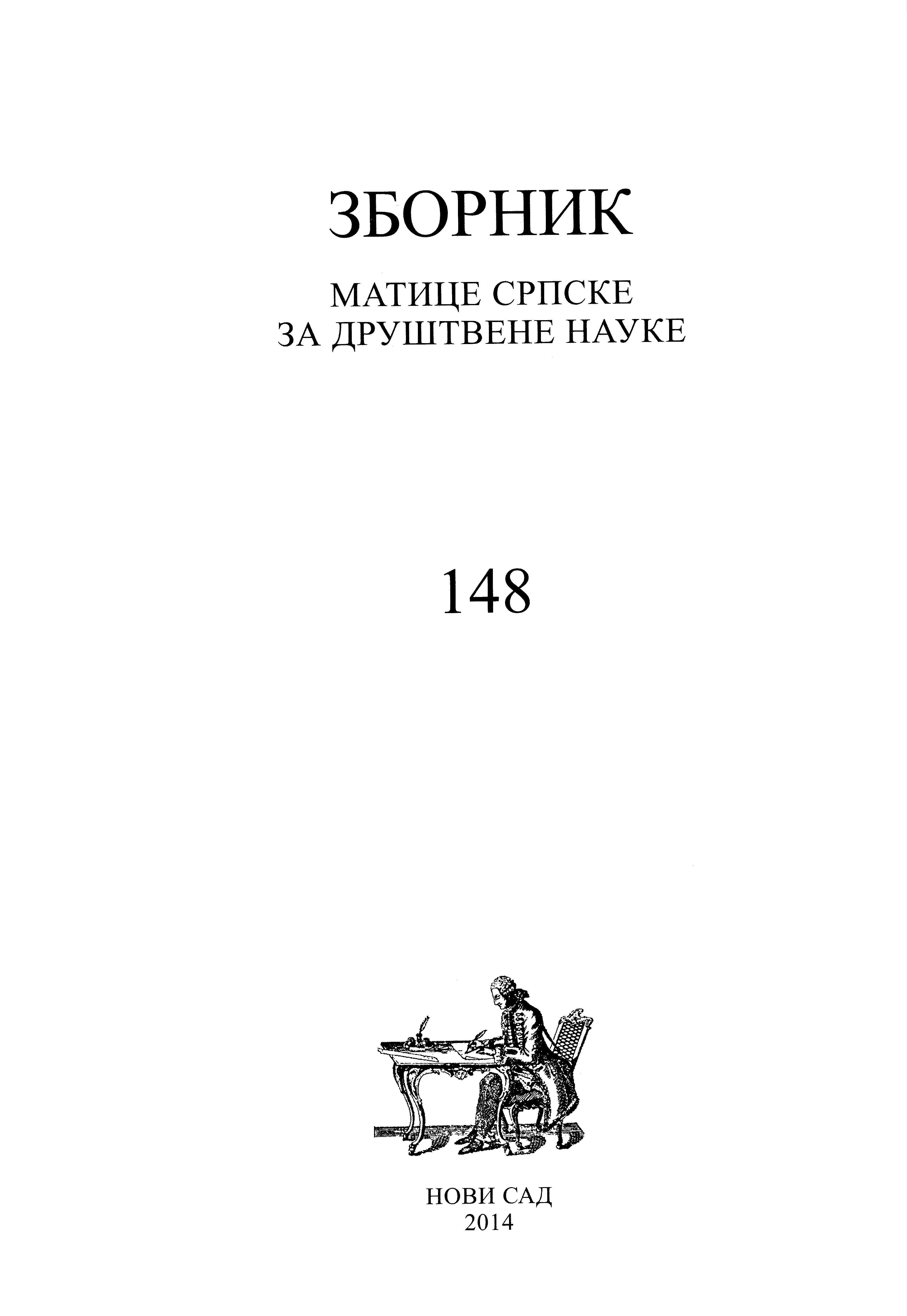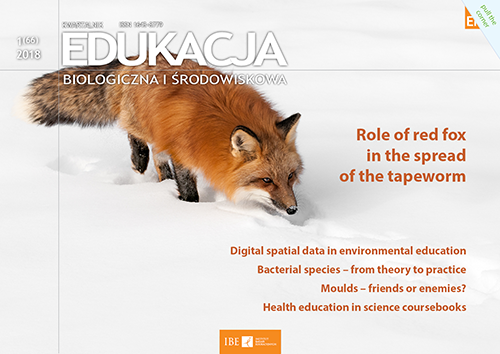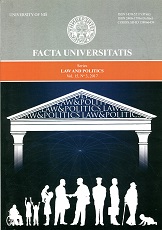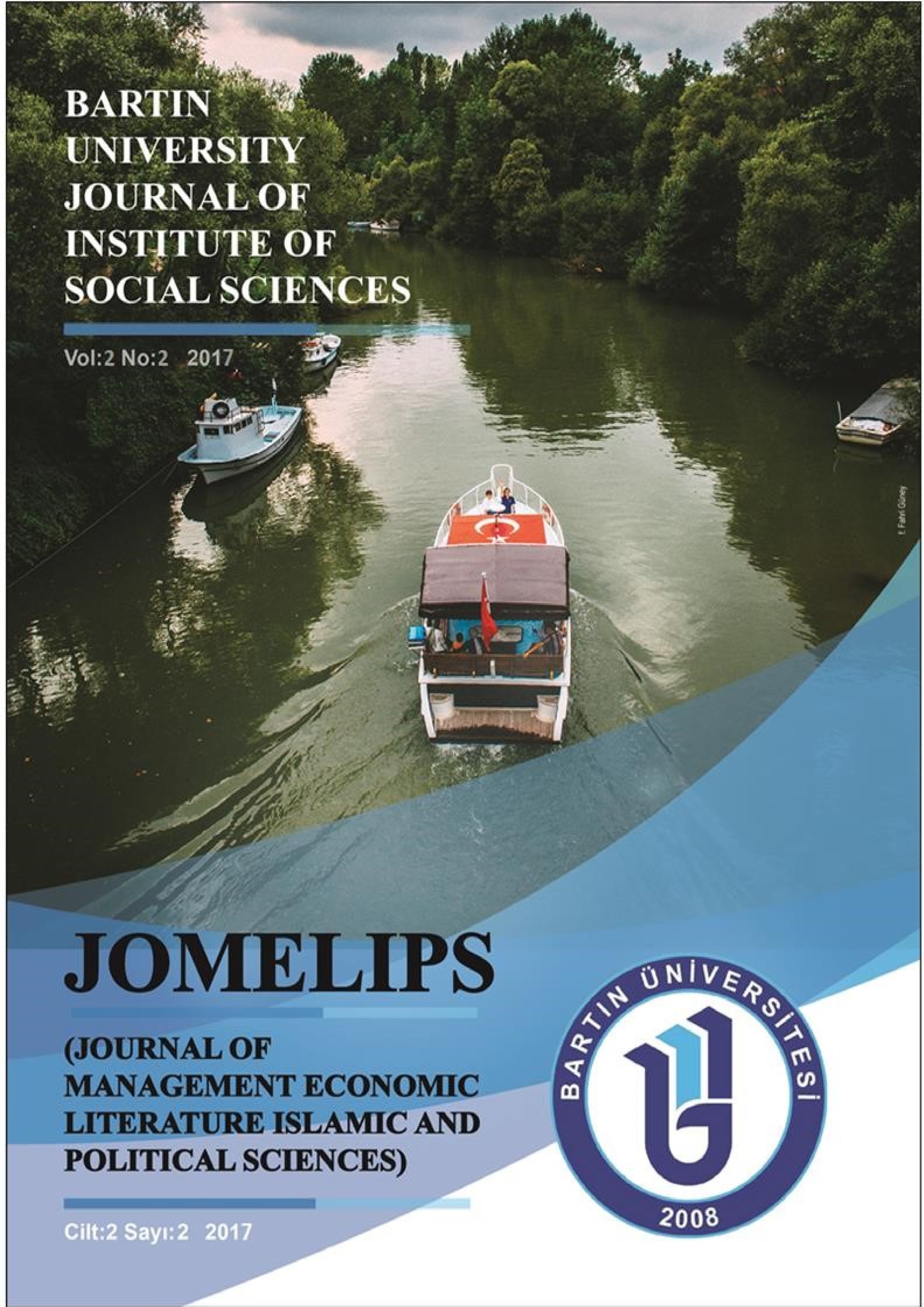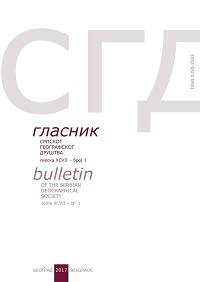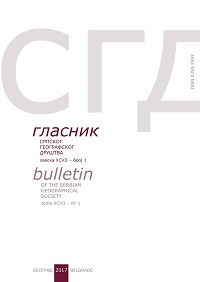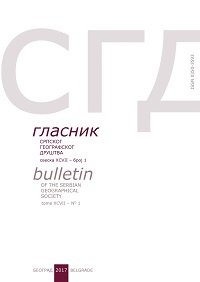Author(s): Miroslav Stevanović,Dragan Đurđević / Language(s): English
Issue: 4/2017
In this article, we examine the concept of “greening economy” from the aspect of the interest of States as actors in international relations responsible for providing vital values of political communities. The problem in this context primarily involves the nonexistence of consensus about either normative or value content of the “greening economy”, apart from a commonly acceptable discourse on the practical level. Nevertheless, such discourse has not been functionalised through new developments in instruments and mechanisms of administration, governance and validation of efforts in numerous sectors at the international level. On the methodological level, the basic dichotomy between the practical and perceptive in the concept of greening economy has imposed a need for phenomenological approach in estimating its functional roles. In this segment, we pursued the obvious appearance or impacts in practice, regardless of the narratives. As far as the discourse itself is concerned, this analysis did not require a detailed insight into perception since different bodies and states apply the concept as they find suitable for their purposes. In the structural analysis, since the greening of economy, as a concept, introduces series of bodies and institutional procedures dealing with measurements, criteria, indicators and tools that impose administering on a supranational level, we have focused on the context of the globalisation process. Besides, these indicators mostly do not lead to the projected goals, nor affect the economy as a whole and achieving sustainable development goals. We find that mainstreaming the environment into economic development, through 'green economy', regardless of how logical in substance it may be, is still no more than an emerging theoretical discourse, which is suitable for the needs of globalisation. We thus conclude that “greening” is a contemporary political economy, which deals with unsustainability on the production level, and lacks a clear definition of development. This concept promotes an administrating process on the global level, without legal grounds, which is a challenge for national security, given that national authorities should be responsible for sustainable development, as a vital value.
More...
